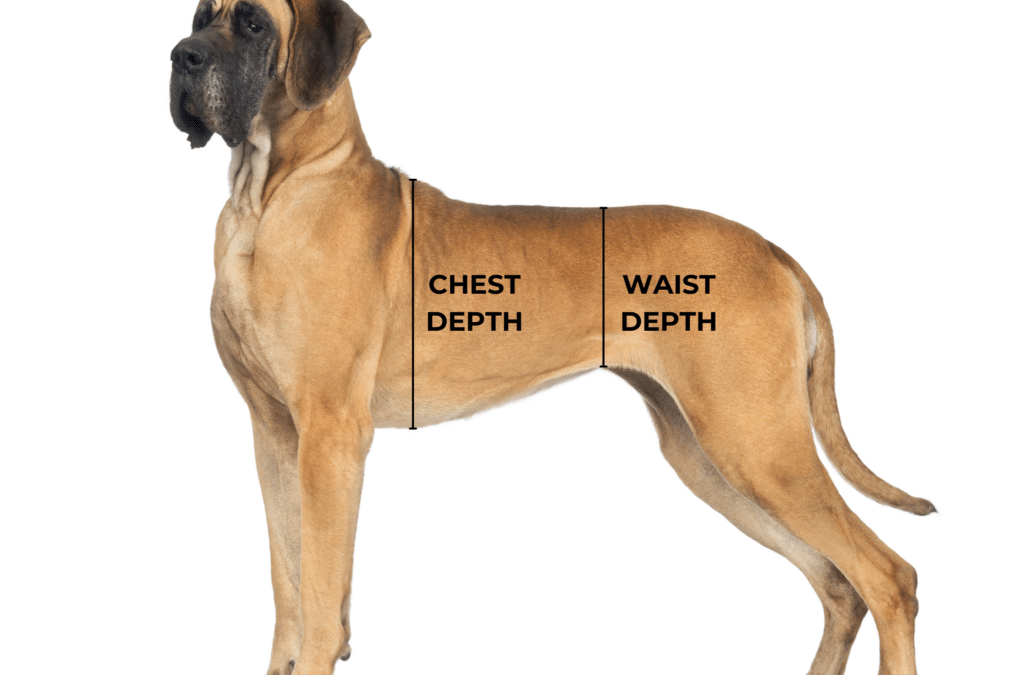
Those “Puppy Dog Eyes” You Can’t Resist, Explained By Science
FacebookTwitterSubscribe
“This post contains affiliate links, and I will be compensated if you make a purchase after clicking on my links.”

Have you ever been persuaded by your dog to give them extra treats just by giving you their sweet, adorable “puppy dog eyes?” Well, we don’t blame you! This is something dogs evolved specifically to correspond to human emotional connection.
Biological anthropologist, Anne Burrows, and animal physiologist Kailey Omstead presented the science behind this at the Experimental Biology 2022 Meeting in Philadelphia.
Their research was designed to determine the distribution of slow-twitch and fast-twitch myosin fibers in select facial muscles of dogs and wolves. Dogs have a higher percentage of fast-twitch fibers in their muscle fibers as compared to wolves, who have more slow-twitch fibers. Fast-twitch fibers in dog samples ranged from 66% to 95% and wolves averaged around 25%.
The fast-twitch muscles allow for greater facial mobility and faster muscle movement in dogs, which helps them get their owner’s attention with barks and other expressions similar to humans. The slow-twitch muscles are important for extended movements, such as when wolves howl.

In another previous research done by Burrows and her team, it showed that dogs possess another special facial muscle called the levator anguli oculi medialis. It pulls the outer corners of the eyelids toward the ears, which contributes to the “puppy dog eye” effect. This muscle is undeveloped in wolves, suggesting humans may have contributed to the facial development of dogs.
“These differences suggest that having faster muscle fibers contributes to a dog’s ability to communicate effectively with people,” said Burrows. “Throughout the domestication process, humans may have bred dogs selectively based on facial expressions that were similar to their own, and over time dog muscles could have evolved to become ‘faster,’ further benefiting communication between dogs and humans.”
Researchers also stated that gazing into your dog’s eyes leads to an “oxytocin feedback loop,” the same one that exists between mothers and their infants. So if you finally decide to give your dog those extra treats, no one here is going to judge you.



